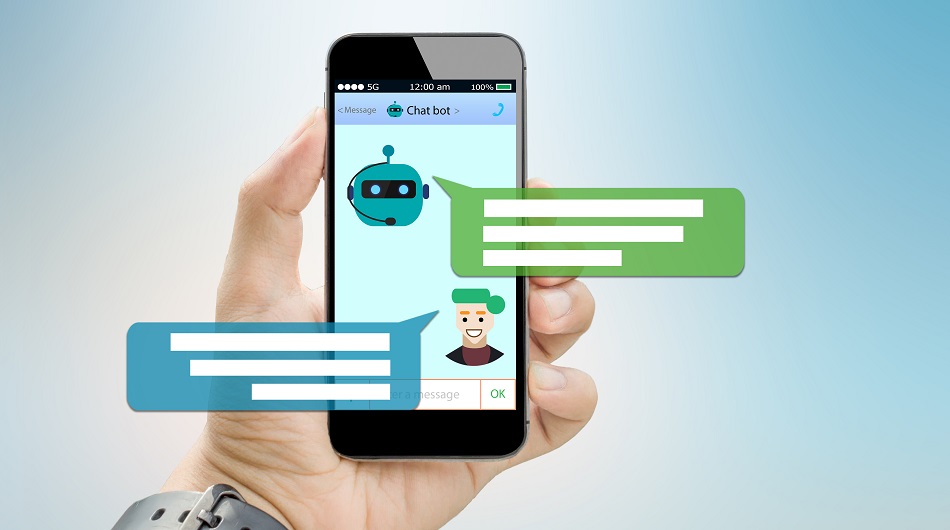I am fascinated by the advancements of AI all around the world. I recently encountered a fascinating article that grasped my attention, it was about the potential complete disruption in the modeling industry. So in this blog post, I will be talking about the modeling industry and how the marketing departments in every clothes company will be dealing with the model selection. Specifically on Lalaland.ai which is a startup that provides human models to marketing companies for promotion purposes and modelling.
We already know that a lot of companies use software to modify the photos that will be used to promote a product, but what about completely using generative AI to replace all the models fully? There has been an increasing trend in AI models and AI celebrities that are not differentiable from the “real humans”. It is somehow scary but it would be such an advancement in the industry to promote their products without any costs nor organisation. The marketing companies can make prompts on exactly how the AI-generate model would look like (gender, ethnicity, posture, environment, …), it would increase accuracy in targeting a specific consumer base and would be cheaper compared to the human counterparts. According to the Lalaland.ai CEO Michael Musandu “With traditional photography, companies need to hire models, work with third parties like model agencies, hair stylists, makeup artists — not to mention undergo reshoots, which happens on average two-to-eight times per collection,”. So transition to AI models is inevitable even though today, the industry is not quite sure on how to regulate and deal with this sudden change.
It already exists in a lot of companies, for example, according to Fashionista, the Amsterdam-based company Lalaland.ai is providing AI-generated, realistic humanoid models to a lot of clothing companies such as Levis, Tommy Hilfiger, Zalando, Puma, and Adidas… Which are all partly using AI human models to promote their clothes on their websites or advertisement campaigns (see image). The image is a fully digital character generated by Lalaland.ai for one of Levis’s products.
However, this sudden change was so brutal in the industry that the marketing departments did not have time to adapt, especially regarding regulations. “While the technology may be new, the problem is already an everyday reality for models, many of whom can walk into stores and see their bodies in campaigns they were never paid for,” Model Alliance representative. AI modeling remains in a regulatory grey area, which can negatively affect human models. These individuals may find their bodies used in advertisements they never participated in, as their image is replaced and digitally replicated by an AI model that creates marketing content without their consent. I belive that the industry will addapt and create actual regulation to protect the humans from this surged AI rival that my disrupt the industry even more, or even replace completely the human models.
References:
Lal, Kish. “Are AI-Generated Models Really Going to Replace Human Ones?” Fashionista, 15 May 2023, fashionista.com/2023/05/ai-cgi-models-fashion-future.
Staff, FOI. “Will AI Replace Models in the Fashion Industry?” Fashion of India, The Fashion Of India, 27 Aug. 2024, www.thefashionofindia.com/article/will-ai-replace-models-in-the-fashion-industry. Accessed 17 Sept. 2024.












